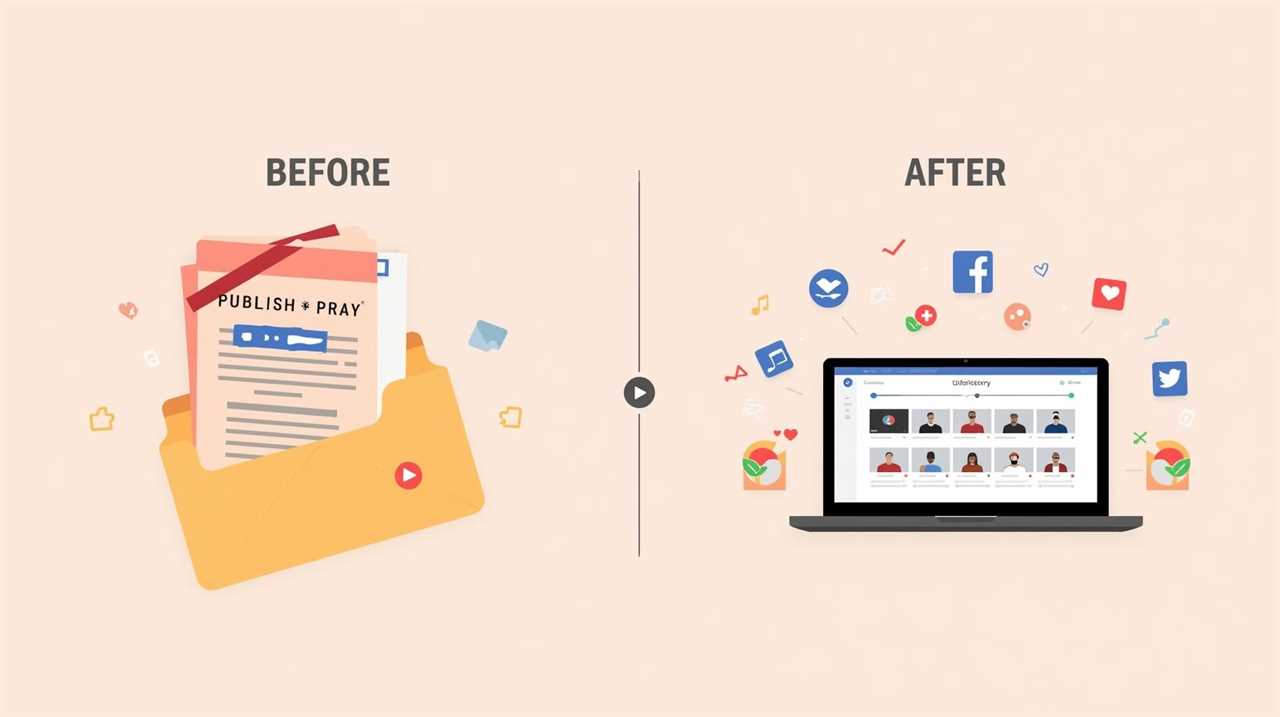
You poured your best ideas into a post. It’s tight, helpful, even quotable—and then… crickets. No impressions. No clicks. No love. The hard truth: great writing isn’t the same as great discoverability. Search engines reward content that aligns with intent, authority, links, and technical health—not just prose. Ready for a fast diagnostic that turns “why not me?” into “oh—that’s fixable”? Which of these quiet blockers is holding you back?
1) The Intent Mismatch
If your post doesn’t match the dominant SERP format (guide vs. tool vs. list vs. comparison), you’ll struggle—no matter how polished the writing. Google’s systems prioritize helpful, reliable, people-first content, which often looks like answer-first structure, clear subheads, and skimmable takeaways. Start by analyzing the top results and build your outline to satisfy the same intent—then add something meaningfully better.
2) Thin E-E-A-T Signals
“Expertise” isn’t a vibe—it’s evidence. Add a real author bio, first-hand examples, and cite primary sources. Google’s guidelines highlight E-E-A-T (experience, expertise, authoritativeness, trust) as a quality lens for content creators. Screenshots, data, and outcomes turn claims into proof.
3) Topical Authority & Internal Links
Is your post an island? Clusters win. Support your article with related pieces and interlink them so authority can flow. If you cover local visibility, point readers to the common local SEO mistakes—and fixes. If performance drags, direct them to the silent SEO killer: slow load times. And if discovery habits are changing, anchor the narrative with why consumers aren’t “searching,” they’re deciding.
4) Links & “Prove-It” Assets
Most pages get little or no search traffic: 90.63%+ of pages receive zero organic visits. One culprit? Weak link profiles. Create something worth citing—checklists, data visuals, mini tools, or original research—and seed it through outreach and social.
5) Technical Drag (and How to Spot It)
Crawlability, Core Web Vitals, indexing gaps, and messy architecture all suppress otherwise solid content. Use Google Search Console to verify indexing, inspect URLs, and review performance queries. Compress images, lazy-load below the fold, defer non-critical JS, and keep HTML lean.
Watch: Step-by-Step Diagnosis
6) Publish-and-Pray Distribution
Even the best post needs repetition. Build a repeatable rhythm: repurpose key points into carousels, short videos, and email snippets. As Google stresses, keep content helpful and people-first—then ship consistently across channels.
Quick Fix Checklist
- Map intent → outline → headings → answer in the first 100 words.
- Add real E-E-A-T: author credentials, first-hand examples, citations.
- Build/refresh a small cluster and internally link the set.
- Create one “link-worthy” asset (template, dataset, calculator).
- Run a Search Console pass: indexing, queries, CTR, cannibalization.
- Repurpose to 2–3 formats per week to grow reach and signal demand.
CTA — Turn Posts into Reach (Without More Writing Time)
If distribution is your bottleneck, skip the blank page and turn your posts into scroll-stopping video clips in minutes. Spin highlights into short verticals your team can schedule everywhere—so every well-written post gets the multi-format runway it deserves.

Sources
- Creating helpful, reliable, people-first content — Google Search Central.
- SEO Starter Guide — Google Search Central.
- Why SEO is important (Ahrefs study: 90.63% of pages get zero traffic) — Ahrefs.






